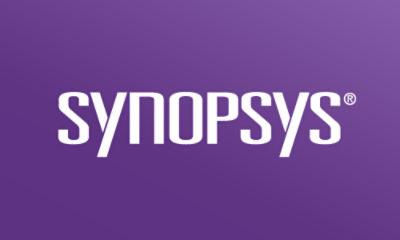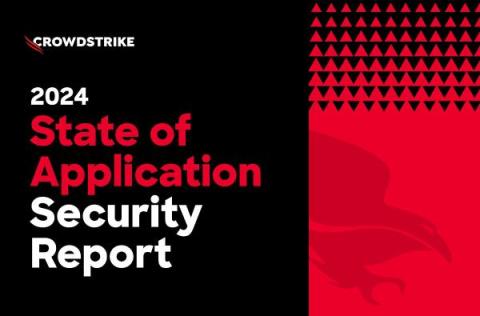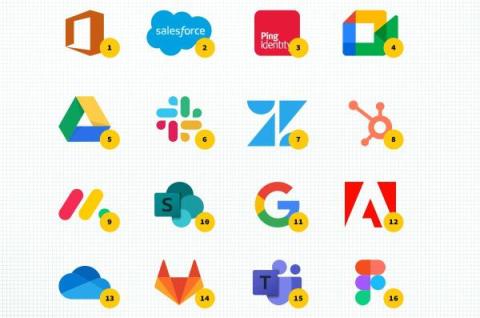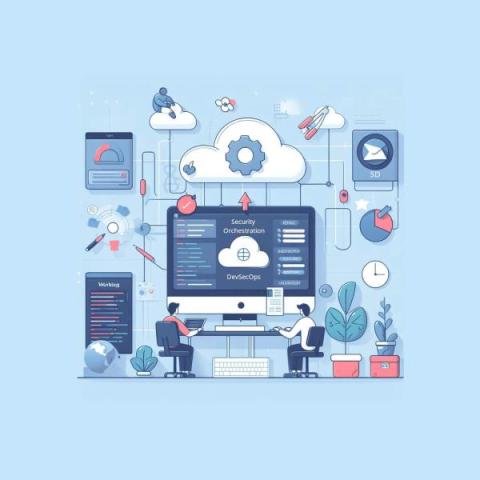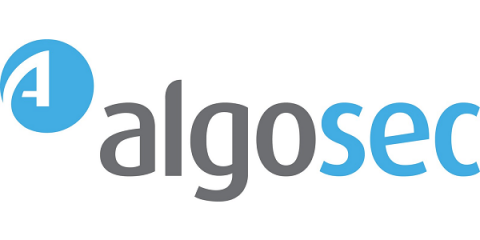Navigating complexity in AppSec
Even as the speed of software development increases, security remains a paramount concern. As organizations strive to keep pace with rapid innovation, they grapple with the dual challenge of maintaining agility while ensuring the security of their software products. Enter AppSec on the Move 2024, a pivotal event that promises to shed light on strategies for improving the return on investment (ROI) of application security (AppSec).


